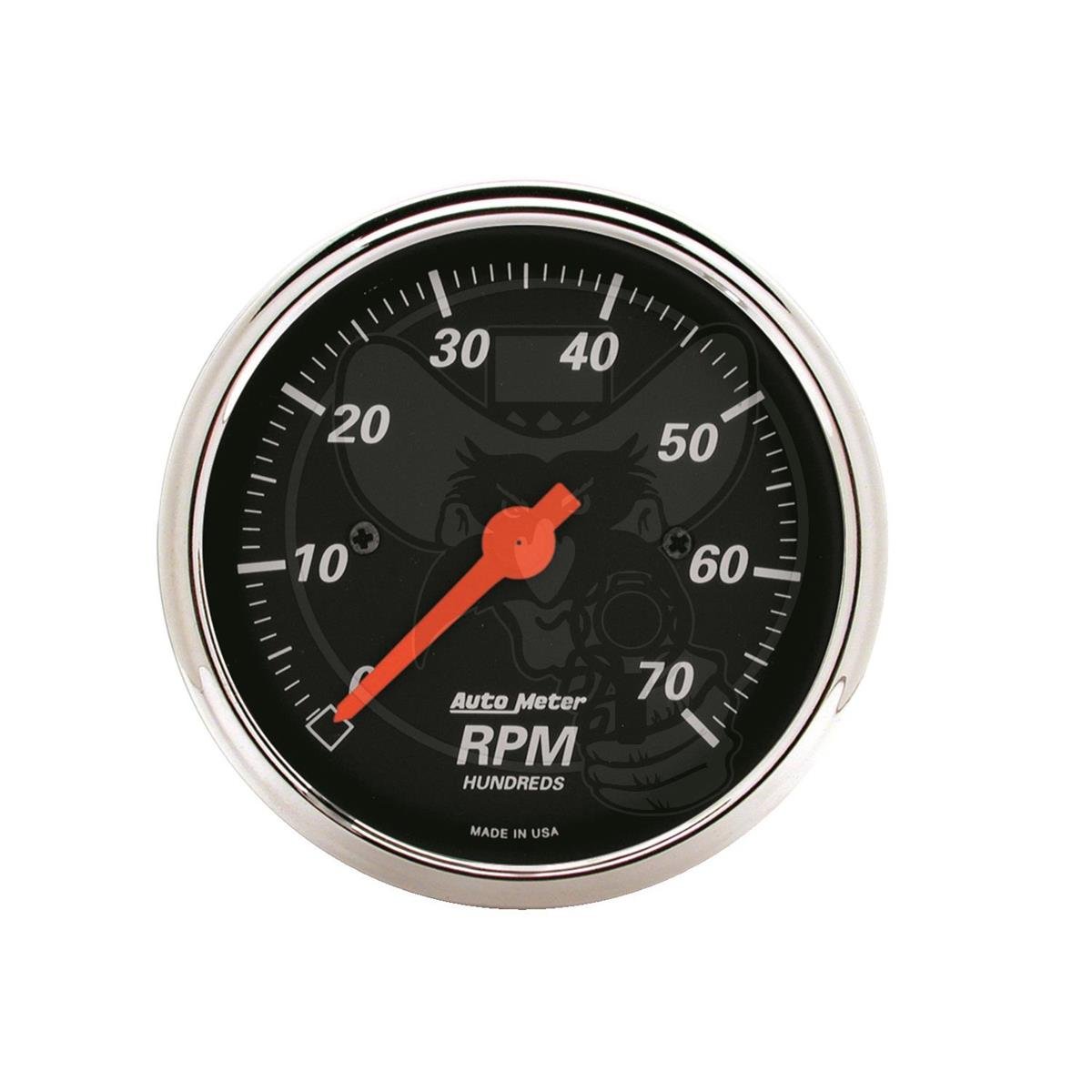How a Tachometer Assists Display Engine Wellness and Performance
How a Tachometer Assists Display Engine Wellness and Performance
Blog Article
The Value of a Tachometer in Keeping Track Of Engine Rate and Performance in Automotive Applications
In the realm of automobile engineering, the tachometer stands as a crucial instrument in the motorist's toolbox, giving a direct window into the inner operations of a lorry's engine. Beyond its function as a simple gauge of changes per min (RPM), the tachometer offers as a crucial tool for fanatics and specialists alike, providing real-time insights right into engine performance and wellness.
Value of Checking Engine RPM
Checking engine RPM, or changes per min, is a crucial element of vehicle maintenance and efficiency evaluation. Engine RPM straight correlates with the speed at which the engine's crankshaft turns, indicating how swiftly the engine is running.
In addition, keeping an eye on engine RPM is important for efficiency examination in racing and high-performance cars. In recap, monitoring engine RPM is not only vital for discovering problems but additionally for maximizing engine performance in numerous vehicle applications.

Benefits of Real-Time Information
In auto applications, real-time information plays a vital role in providing immediate insights right into the efficiency and condition of the lorry. By constantly keeping track of numerous parameters such as engine rate, temperature level, gas intake, and extra, real-time information uses many advantages that add to improved efficiency and safety when traveling.
One significant benefit of real-time information is its capability to sharp drivers and professionals to any type of anomalies or concerns promptly. This aggressive approach allows quick identification of prospective problems, allowing for timely treatments to avoid further damage or failures. Furthermore, real-time data assists in efficiency optimization by supplying immediate comments on driving routines and engine performance. Chauffeurs can readjust their actions in real-time based upon this info to accomplish much better fuel economic situation and prolong the life expectancy of their automobile.

Furthermore, real-time information plays a crucial duty in modern auto diagnostics, allowing specialists to swiftly detect and deal with malfunctions. This brings about reduced downtime, lower upkeep costs, and inevitably, boosted total car reliability and long life (tachometer). By harnessing the power of real-time data, automobile stakeholders can make informed choices that favorably affect both the efficiency and longevity of the automobile
Impact on Equipment Shifts
The tachometer plays a critical function in enhancing gear shifts by providing real-time engine rate data to the vehicle driver. When approaching the redline on the tachometer, it indicates the vehicle driver to upshift to protect article source against over-revving the engine and creating potential damages.
Moreover, the tachometer aids in attaining smoother gear shifts, particularly in hands-on transmissions. By checking engine rate, vehicle drivers can perform equipment shifts at the optimum RPM range, lowering jerking movements and decreasing wear on the transmission elements. This accuracy on duty changes not just boosts driving comfort but additionally contributes to sustain performance.
Enhancing Gas Efficiency
Given the crucial role the tachometer plays in enhancing gear changes for performance and engine health, it directly adds to taking full advantage of fuel effectiveness in auto applications. By supplying real-time responses on engine rate, the tachometer aids vehicle drivers in maintaining the most reliable RPM variety for fuel economic climate. When drivers consistently keep track of the tachometer and adjust their motoring habits accordingly, they can prevent unneeded fuel usage brought on by over-revving or hauling the engine.
Furthermore, the tachometer assists chauffeurs recognize the most fuel-efficient equipment to be in at any provided minute, stopping the engine from working more difficult than required. This is especially essential during acceleration and cruising, where remaining in the best gear can substantially influence gas efficiency. In addition, the tachometer can signal chauffeurs to potential mechanical concerns that can be negatively impacting gas economic situation, such as a sliding clutch Our site or a clogged up air filter. In conclusion, the tachometer serves as a valuable tool in boosting fuel effectiveness by advertising optimal driving practices and identifying areas for renovation in the car's performance.

Maximizing Engine Durability
The tachometer's function in checking engine speed and efficiency contributes in making sure the long life of auto engines. By making use of the tachometer effectively, vehicle drivers can optimize engine longevity through conscious RPM monitoring. Continually revving an engine expensive can result in excessive damage on important parts, such as the pistons, valves, and bearings. With time, this can result in decreased engine performance and potential malfunctions. Monitoring the tachometer permits drivers to stay Source within the suggested RPM variety for their automobile, stopping unnecessary strain on the engine and expanding its lifespan.

Final Thought
To conclude, the tachometer plays an important duty in checking engine speed and efficiency in automotive applications. By supplying real-time data on RPM, it allows for reliable gear shifts, boosted gas effectiveness, and optimized engine longevity. This tool is important for preserving optimal engine efficiency and guaranteeing the total functionality of an automobile.
Report this page